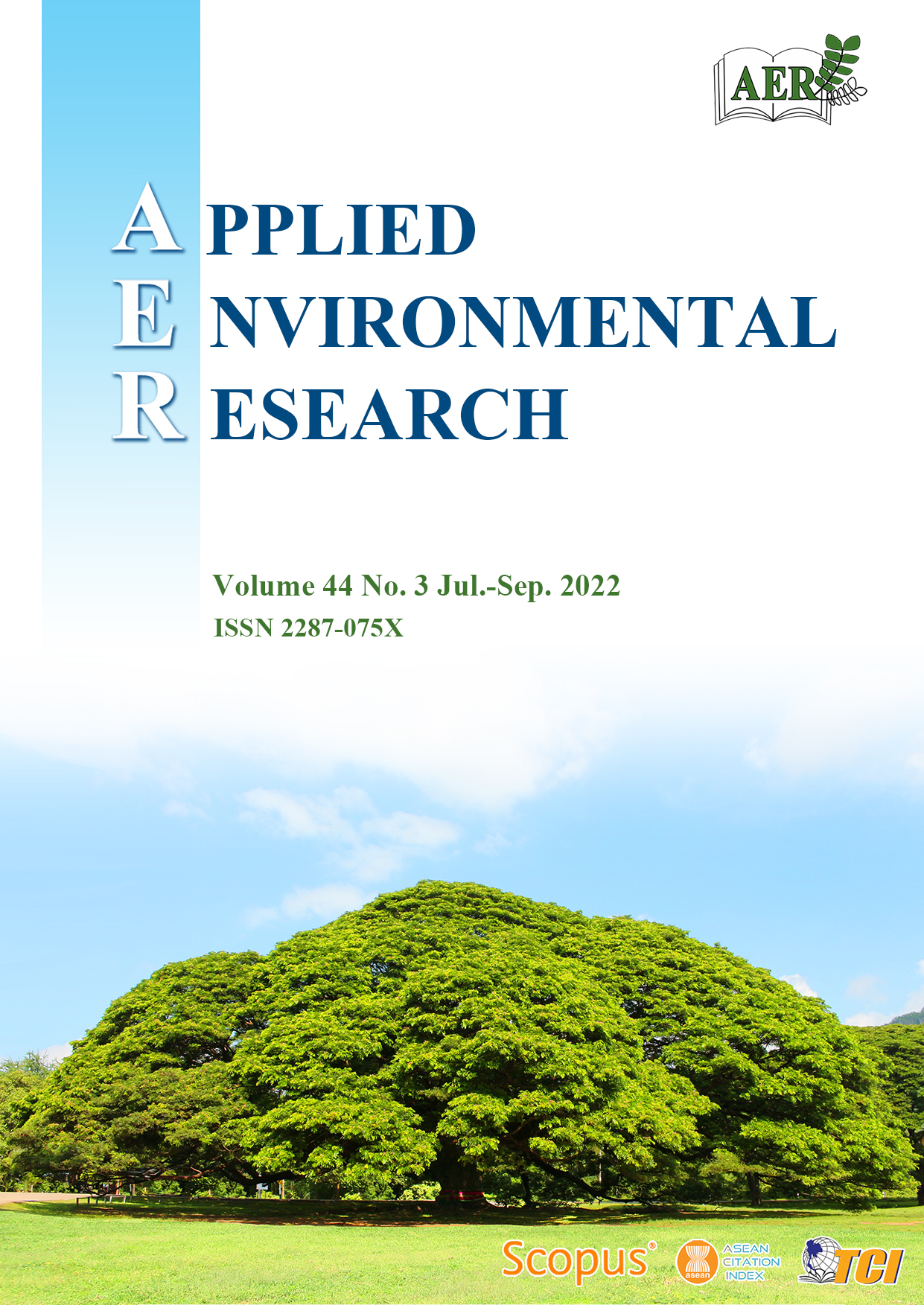Assessing Vegetation Cover Change Using Remote Sensing: Case Study at Binh Duong Province, Vietnam
Main Article Content
Abstract
This study aims to present the application of remote sensing in monitoring vegetation change in Binh Duong Province, Vietnam. The study used Landsat 5 images in the year 2010 and Landsat 8 images in the years 2015 and 2020 to investigate the area of vegetation. The maximum likelihood classification method (MLC) was used to classify land cover and an accuracy matrix was computed to validate the classification results. The references data were collected to support classification and accuracy assessment processes including land use maps in 2010, 2015, and 2020. In addition, collected field points and UAV (unmanned aerial vehicle) in 2020 were used. The overall accuracies are 81.27%, 84.41%, and 83.86%, and Kappa indices were 0.76, 0.80, and 0.80, corresponding to 2010, 2015, and 2020. The results showed that as compared to 2010 and 2015, the area of vegetation in 2020 decreased 10% and 8%, respectively. The average vegetation cover per capita was 740 m2 person-1 in 2020, compared to 1000 m2 person-1 in 2015 and 1200 m2 person-1 in 2010. This reduction was obvious in urban areas in the province, due to the need for construction and development. The study provides meaningful information on vegetation change and green area per capita in Binh Duong Province from 2010 to 2020.
Article Details

This work is licensed under a Creative Commons Attribution-NonCommercial 4.0 International License.
Published articles are under the copyright of the Applied Environmental Research effective when the article is accepted for publication thus granting Applied Environmental Research all rights for the work so that both parties may be protected from the consequences of unauthorized use. Partially or totally publication of an article elsewhere is possible only after the consent from the editors.

